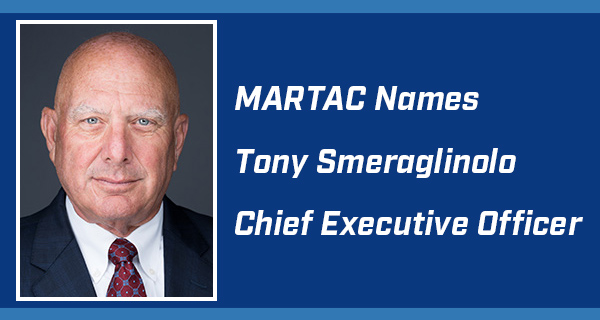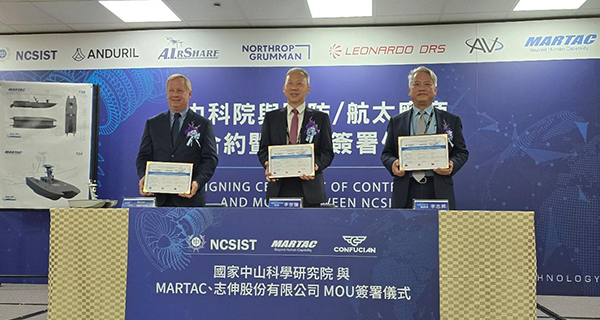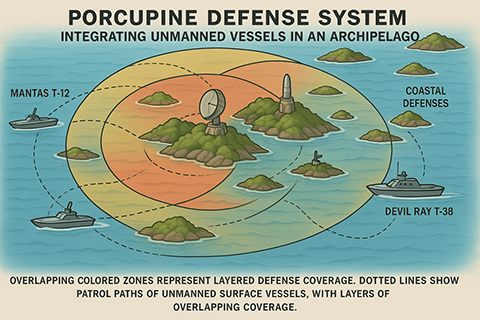A CONCEPT OF OPERATIONS FOR THE U.S. NAVY’S HYBRID FLEET
- June 05, 2024
In an address at a military-industry conference, then-Chief of Naval Operations, Admiral Michael Gilday, revealed the Navy’s goal to reach 500 ships by adding approximately 150 unmanned maritime vehicles to the Navy’s inventory. This concept added additional granularity to the Navy’s UNMANNED Campaign Framework and culminated in the issuance of the Chief of Naval Operations NAVPLAN and Force Design 2045, both of which call for 350 manned ships and 150 large unmanned maritime vehicles.
Most recently, at the annual U.S. Naval Institute/Armed Forces and Communications and Electronic Association “West” Symposium, Chief of Naval Operations, Admiral Lisa Franchetti, reaffirmed the U.S. Navy’s commitment to a future force of 350 manned ships and 150 large unmanned maritime vehicles as an important initiative in the face of a rapidly growing Chinese Navy.1
While the composition of the future U.S. Navy crewed vessels is relatively well understood—based on ships being built and being planned—what those unmanned maritime vehicles will look like, let alone what they will do—remains opaque to most observers. This uncertainty slows progress on the aspirations detailed in the UNMANNED Campaign Framework.
Additionally, Congress demonstrated increasing reluctance to authorize the Navy’s planned investment of billions of dollars on unmanned surface vessels (USVs) until the Naval Service develops a concept-of-operations (CONOPS) for use. Fairly, Congress has a point. The Navy announced plans to procure large numbers of unmanned systems, especially large and medium unmanned surface vehicles without a CONOPS. Until the Navy can develop such a CONOPS, it is unlikely that a 500-ship fleet populated by 150 unmanned surface vehicles will reach fruition.





